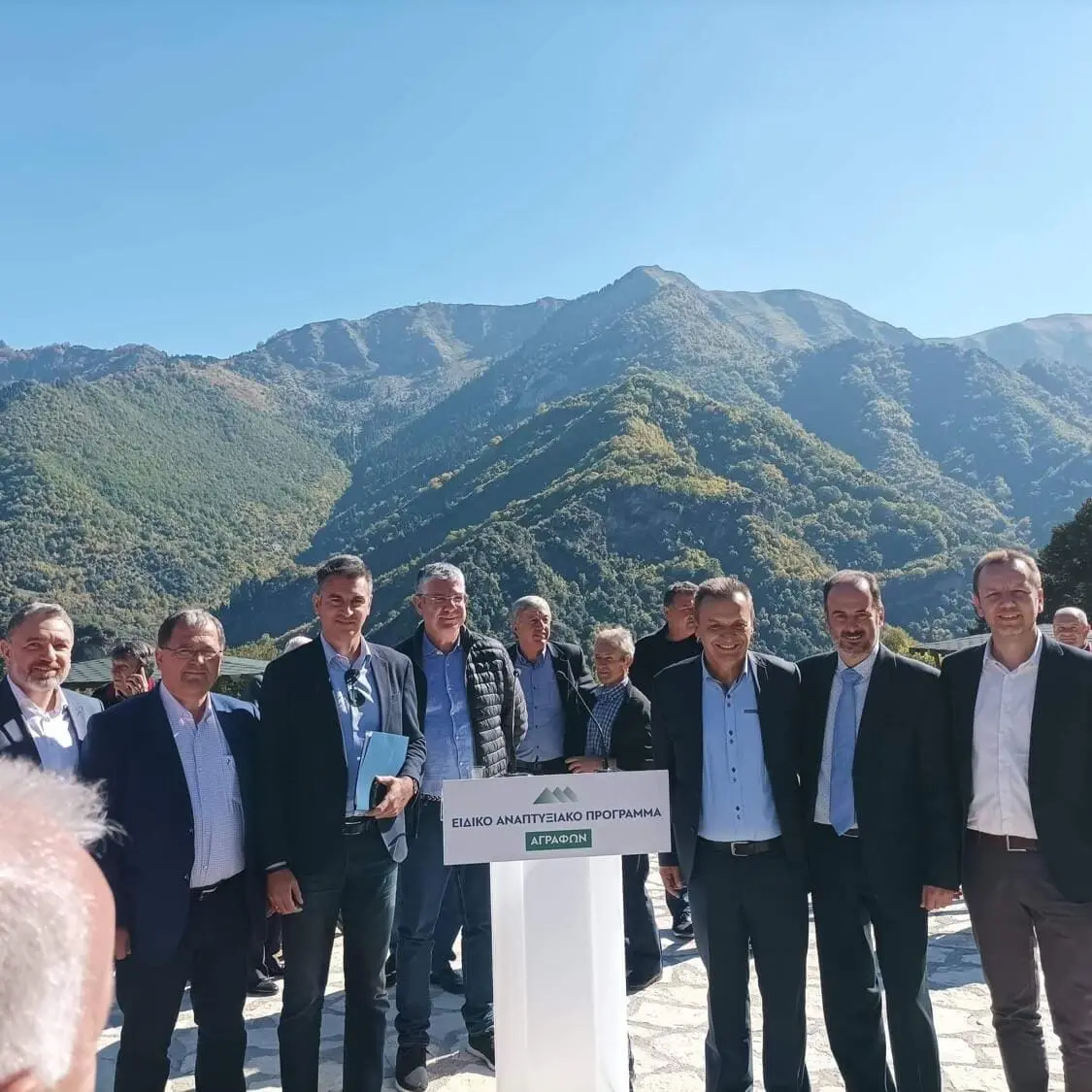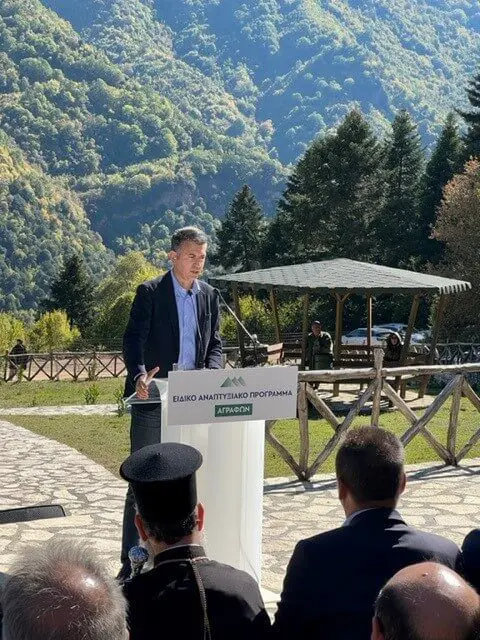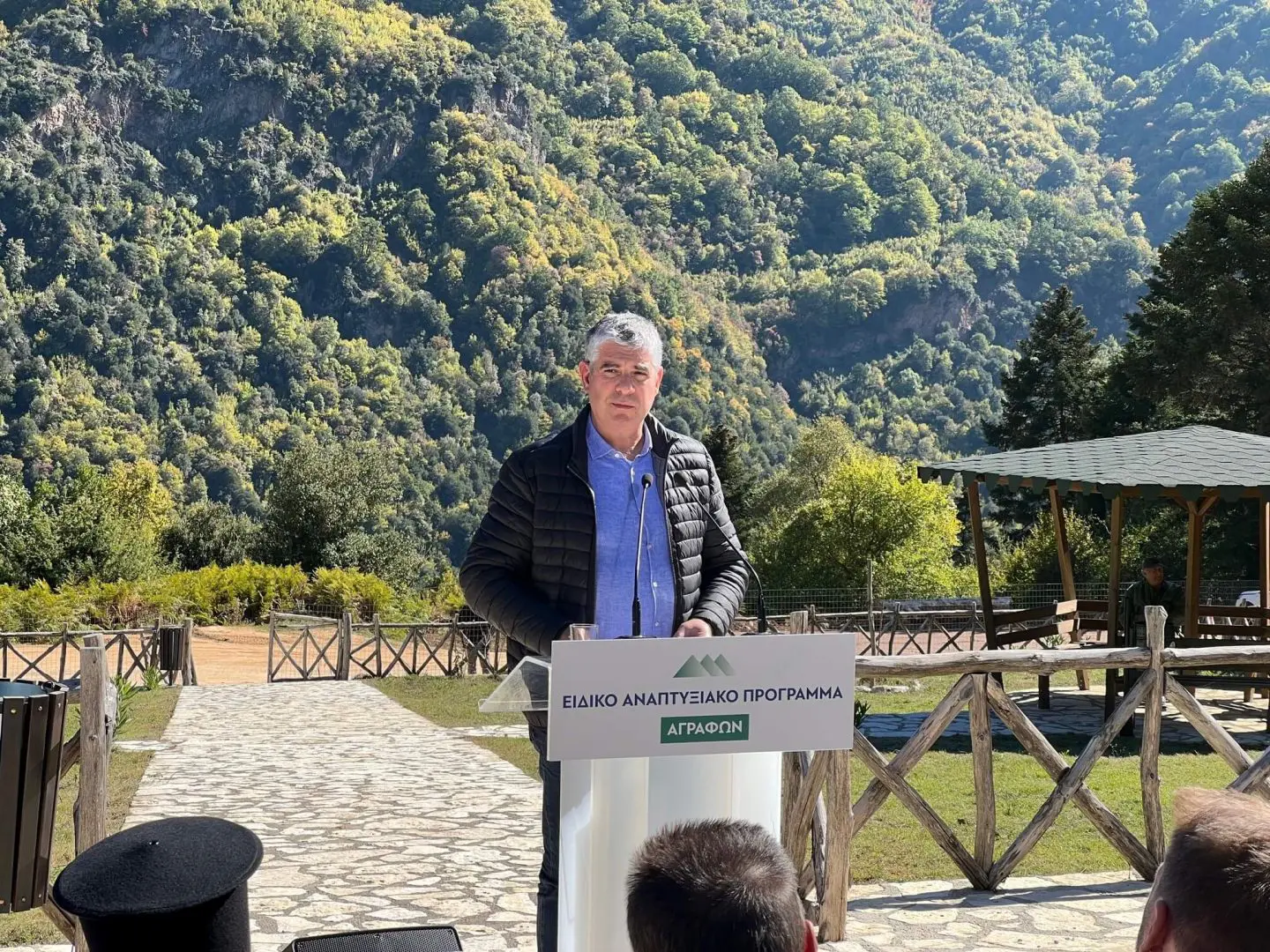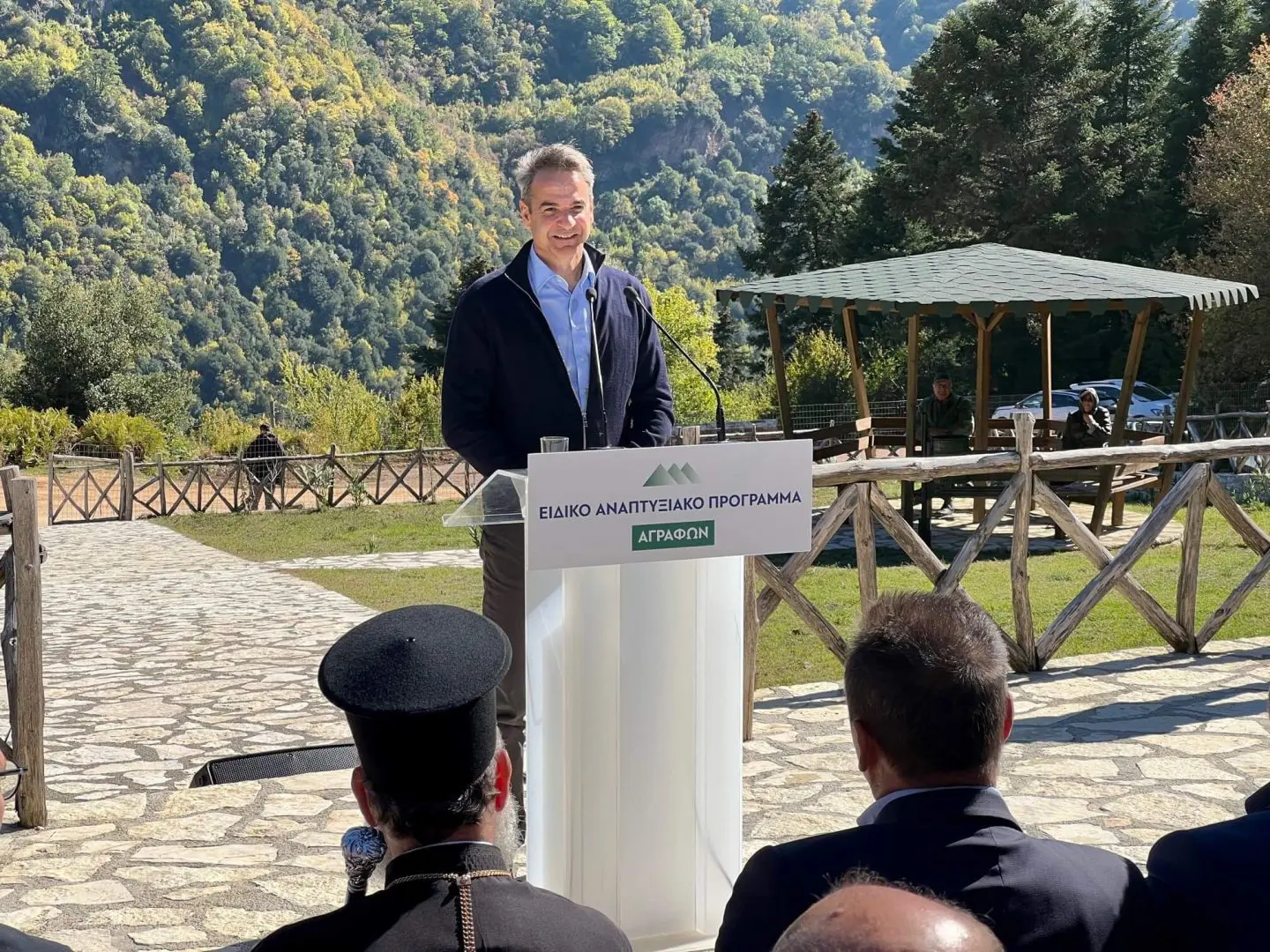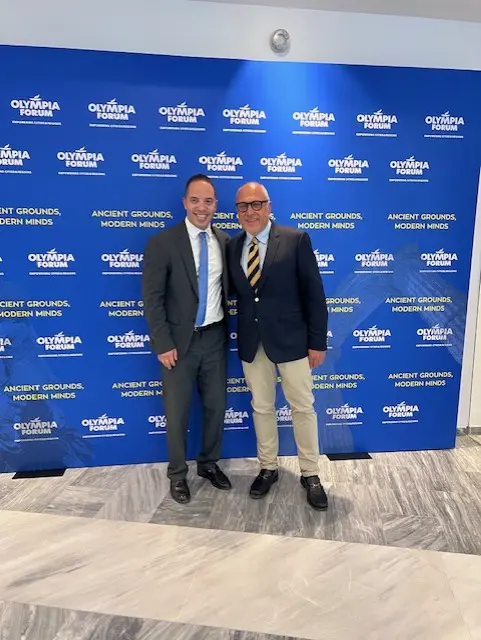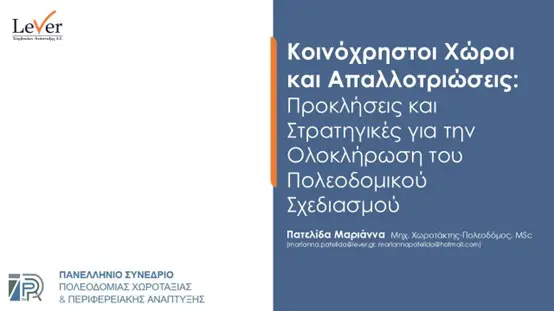“Lever – Development Consultants SA”, a member of the “Samaras & Associates” Group, undertook the preparation of the Special Development Program (SDP) for Agrafa, a pioneering plan, being a comprehensive and important initiative targeting the mountainous area, which was presented today by Prime Minister Kyriakos Mitsotakis. It is, in fact, a unique example of a development plan for Greece, aiming to become a model for the mountainous areas of the Mediterranean and Europe.
The SDP for Agrafa – with a total budget of approximately 90 million euros, will be completed in November 2022 with a project implementation period during the current programming period. The interventions concern projects in the field of upgrading infrastructure, developing the productive fabric and economic development opportunities, as well as public protection.
More analytically, the Agrafa Regional Development Plan constitutes a policy of “territories” (politiques de territoires), in the context of supporting the goal of sustainable development, not through an approach of sectoral interventions, but through the design and implementation of an integrated cross-sectoral policy with strong synergy characteristics. It essentially constitutes the transition to the implementation of modern development policies, in which spatiality is the main element, strengthening local development, in a place of unique value, so that it becomes worthy of residence, ensuring new balances between people, production and culture.
The CEO of “Lever – Development Consultants SA”, Thodoris Karipides, states in this regard “It is our honor to draft the Agrafa Special Development Program, the first comprehensive initiative to strengthen actions in the mountainous municipalities of Agrafa for the local development of the economy and the development of the population in this excluded mountainous volume. The EAP finances investments in infrastructure and services, so that Agrafa can be transformed from a deprived, excluded mountainous region of the country into a place worth living. The Agrafa Special Development Program will be the pilot for the development of the 38 small mountainous municipalities of the country.
The main challenge facing the Plan is the threat of desertification of the mountainous area, i.e. approximately 50-60% of the national area, which is exacerbated in combination with population aging, low birth rates and the distorted development model of the concentration of economic activities in the capital and urban centers.
Budget, schedule & benefits
A total of approximately 90 million euros is distributed at a rate of 47% (42 million €) to actions for “Upgrading infrastructure and services”, 36% (32 million €) for “Development of productive fabric & economic development opportunities” and 17% (16 million €) for “Public Protection and Networking of social structures and individual citizens”. The Agrafa Regional Development Plan will be completed within November 2022 and the completion of the projects will take place during the current programming period.
The specific Agrafa Regional Development Area attempts to respond to the critical challenges through the following Strategy development directions:
- The historicity of the Agrafa area with over 4,000 years of continuous presence
- The participation of Agrafa in the Alpine zone of the Mediterranean
- The uniqueness of Agrafa in the Greek area
- The mountains of Agrafa were and are obliged to live with their own resources, of course with technological and financial support from central development resources
- Agrafa is a place that productively and socially maintained a population of 50,000 people in the pre-revolutionary years of 1800 AD.
- The multilateralism and internal capacity of Agrafa can organize a large number of residents – producers, who will operate productively supported by modern conditions of productive, social and political organization based on innovation, technology and the protection of their natural and historical environment.
The above with two additional conditions:
- Infrastructure that will unify the space of everyday life and production with the spaces of the paths of Nature and History
- Effective networking of public protection (civil protection) against all risks.
Through the Strategy and the Action Plan, interventions will be implemented whose results will change the physiognomy and image of the mountainous area of Agrafa, establishing it as a model place for the development of mountainous areas, a destination, a place of residence, a place of professional activities.
In this context, the sectors that are sought to benefit are:
- Upgrading of public space.
- Housing policy, with the provision of incentives and facilities, which may include social housing or other housing provision programs on favorable terms.
- Agricultural & Livestock Sector with actions such as the “Mountain Integrated Land Reparcelling”.
- Competitiveness of Small and Medium-sized Enterprises, through tax tools.
- Domestic Tourism.
- Research & innovation in mountainous areas.
- Broadband and new technologies.
- Small businesses and cottage industries.
- Energy saving with actions such as the installation of LED light bulbs in settlements, the use of RES on a small scale in homes and businesses.
- Dealing with emergencies (health or natural phenomena) through the creation of a strong intervention network. Utilizing existing solidarity relations between permanent residents and strengthening them.
The priority axes and the categories of actions they include are:
- Upgrading infrastructure and services
Road Safety
Upgrading public space
Protection, management and promotion of environmental resources
Energy saving
- Development of productive fabric and opportunities for economic development
Promotion of alternative forms of tourism
Promotion of culture
Preservation and promotion of monuments
Promotion of trails and thematic routes
Strengthening the promotion and production of local products
Interconnection of local resources with the scientific community
Infrastructure and investment attraction actions
- Public Protection and Networking of social structures and individual citizens
Upgrading the provision of social services
Flood protection projects
Promotion of alternative means of transport
Infrastructure projects (water supply/sewerage)
Strengthening the capacity of Municipalities to deal with natural disasters disasters
Strengthening the
administrative capacity
of Municipalities



